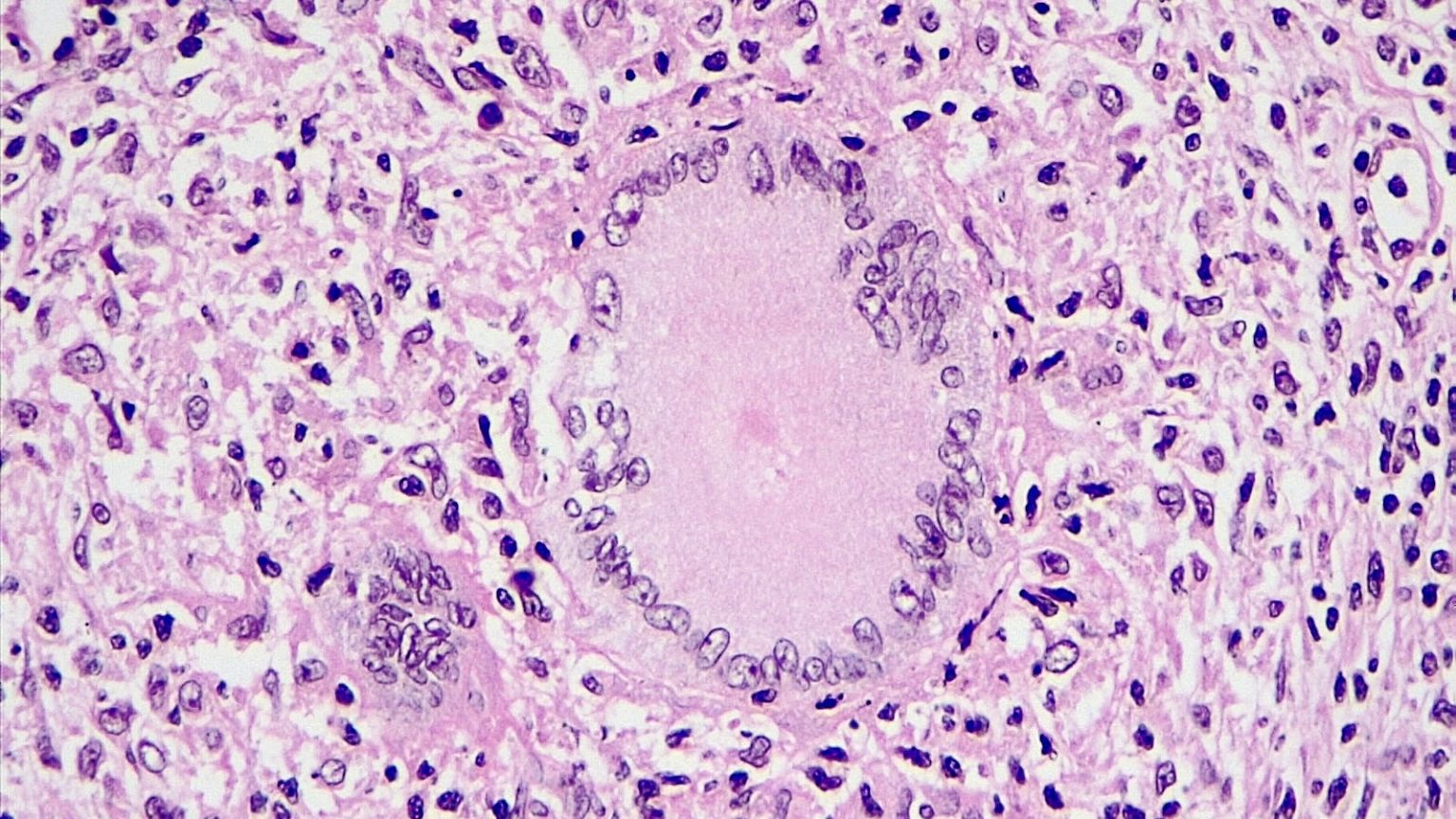Understanding the Tuberculosis Outbreak in Kansas
Kansas is currently grappling with one of the most significant tuberculosis (TB) outbreaks in U.S. history, according to local health officials and the Centers for Disease Control and Prevention (CDC). As of January 24, there have been 67 confirmed cases of active TB, with the majority—60 cases—occurring in Wyandotte County, which includes part of Kansas City. An additional seven cases have been reported in neighboring Johnson County, located just southwest of Kansas City. Beyond the active cases, there are also 79 confirmed cases of latent TB, a form of the infection where the bacteria remain dormant in the body. Of these, 77 are in Wyandotte County, and two are in Johnson County.
The outbreak was first identified in January 2024, and unfortunately, it has already resulted in two deaths, both of which occurred in 2023. While the CDC has classified this outbreak as one of the largest in U.S. history, it is not the largest on record. For context, larger outbreaks occurred in 2015, linked to a homeless shelter, and in 2021, tied to contaminated bone graft surgeries. The CDC has dispatched a team to assist local health officials in managing the situation and preventing further spread. Despite the severity of the outbreak, health officials emphasize that the risk to the general public and surrounding areas remains "very low."
What Is Tuberculosis?
Tuberculosis is a infectious disease caused by the bacteria Mycobacterium tuberculosis. It is one of the world’s leading causes of death from infectious diseases, according to the CDC. TB spreads through the air when an infected person coughs, speaks, or sings, releasing germs that can linger in the air for several hours. When another person inhales these germs, they can become infected.
The symptoms of active TB often include a persistent cough lasting three weeks or longer, coughing up blood or phlegm, chest pain, weakness, fatigue, weight loss, loss of appetite, fever, chills, and night sweats. However, not everyone who contracts TB will develop active symptoms. Some people may carry latent TB, where the bacteria remain inactive in the body for years without causing illness. People with latent TB do not feel sick, do not exhibit symptoms, and cannot spread the bacteria to others. Nevertheless, if left untreated, latent TB can progress to active TB over time.
The National Context of Tuberculosis in the U.S.
While the Kansas outbreak is significant, it is part of a broader national and global picture. In 2023, the U.S. reported more than 8,700 cases of TB, according to CDC data. Historically, TB cases in the U.S. have been declining steadily since the mid-1990s. However, this trend was disrupted in recent years, with increases in 2021, 2022, and 2023. Notably, 2023 saw TB rates return to pre-pandemic levels, highlighting the ongoing challenge of managing this disease.
TB treatment regimens typically last between four and nine months, depending on the severity of the infection and the patient’s overall health. For individuals with co-existing conditions such as diabetes or HIV, healthcare providers may tailor treatment plans to address their specific needs. While there is a vaccine for TB—known as the Bacille Calmette-Guérin (BCG) vaccine—it is not commonly used in the U.S. due to the low risk of infection, its variable effectiveness in adults, and its potential to interfere with TB testing. The BCG vaccine is more widely administered in countries where TB is prevalent, often leaving a visible scar at the injection site.
Public Health Response and Community Impact
The Kansas Department of Health and Environment (KDHE) and the CDC are actively working to contain the outbreak and ensure public safety. Health officials have reiterated that the risk to the general public is very low, especially for those living outside the immediate areas affected. However, the situation underscores the importance of vigilance and proactive public health measures in preventing the spread of infectious diseases.
For communities in Wyandotte and Johnson Counties, the outbreak has raised concerns about health and safety. Local residents are encouraged to stay informed and follow guidance from health authorities, such as getting tested for TB if they believe they may have been exposed. The CDC’s involvement has bolstered the response efforts, bringing additional resources and expertise to manage the situation effectively.
Moving Forward: Awareness and Prevention
While the Kansas TB outbreak is alarming, it also serves as a reminder of the importance of public health infrastructure and community awareness. TB, though serious, is preventable and treatable with prompt medical intervention. By understanding the risks, recognizing the symptoms, and adhering to preventive measures, individuals can play a crucial role in reducing the spread of this disease.
As health officials continue to monitor the situation, the focus remains on protecting vulnerable populations and ensuring that those affected receive the care they need. The collaboration between local and federal agencies highlights the strength of a coordinated public health response, offering hope for resolving this outbreak and preventing future ones. Through education, awareness, and collective effort, communities can work together to combat TB and safeguard public health.















